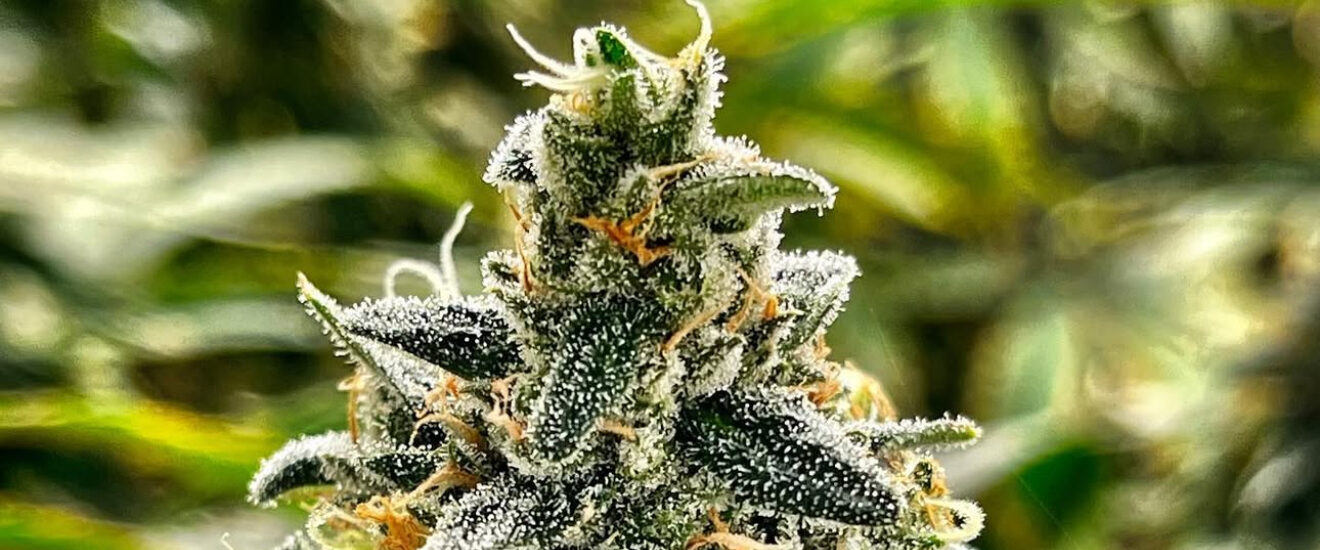The Truth About “Cannabis Deaths” in Oklahoma
The Numbers Don’t Add Up So Who Benefits?
By James Bridges
Herbage Magazine
Let’s Start with the Math
In 2023, Oklahoma saw 179 people die in alcohol-impaired crashes.
That’s one in every four traffic deaths statewide.
Those numbers come straight from the National Highway Traffic Safety Administration (NHTSA). This is the same agency that’s been tracking DUI deaths for decades. Hard, verifiable data. Lives lost. Families destroyed.
Now let’s compare that to cannabis.
How many people died in Oklahoma from “cannabis-related” incidents in 2023 or 2024?
Zero.
At least, zero officially reported.
Here’s the truth. It’s because the state doesn’t track it. There is no line item in the Oklahoma Highway Safety Office database that says “cannabis-impaired fatalities.” There’s no checkbox for THC impairment. No cause-of-death code for marijuana overdose. Nothing…
When THC shows up in a toxicology report, it gets lumped into a vague category called “drug presence.” It means someone had cannabis in their system. It does NOT mean that it caused the crash, or the death, or anything at all. It could have been smoked two weeks earlier. And yet, that’s often enough for headlines, politicians, and old-school media to use the word “related.”
The Media’s Favorite Trick: “Presence = Guilt”
(Trust me from experience…)
You’ll hear phrases like “marijuana was found in the system.” That’s not causation, that’s presence. THC metabolites can stay in your blood or urine for weeks. If we held alcohol to that same standard, half the state would be “alcohol-related.”
This selective framing isn’t about data.
It’s about narrative control and fear sells better than nuance.
The Numbers They Don’t Want You to See
179 alcohol-impaired deaths (2023) — official, confirmed.
0 cannabis overdose deaths (2023) — not tracked, because it’s virtually impossible to fatally overdose on THC.
Top detected substance in Oklahoma crash toxicology? Cannabinoids. But that’s “detected,” not “caused.”
(Source: Texoma HIDTA 2025 Report.)
While suits and badges argue whether weed is good for us, Oklahoma’s drug overdose charts are dominated by fentanyl, methamphetamine, and opioids, not cannabis. Marijuana isn’t even listed among the leading fatal substances.
The real story is the data suppression and it’s definitely by design.
If cannabis truly killed, Oklahoman’s would be shouting it from the rooftops. The state spends millions every year on “drugged driving awareness” campaigns, yet can’t, or more likely won’t produce a single verified cannabis-impaired fatality count.
Why?
Because they can’t prove it.
And if they can’t prove it, the whole “reefer madness” narrative starts to crumble. That’s bad business for those profiting off probation programs, treatment courts, and fear-based policy.
Alcohol kills every single day.
Cannabis? It gets blamed, not counted.
The hypocrisy is baked into the system. We have decades of public health data showing that alcohol wrecks families, causes liver failure, fuels domestic abuse, and kills drivers by the thousands. Yet, cannabis users, many of whom are patients, veterans, or working-class Oklahomans just trying to manage pain, are still treated like the threat.
Citizens deserve an honest conversation about the real data. If the goal is public safety, let’s measure all substances with the same ruler.
Let’s talk about impairment testing that’s actually scientific, not political. Separate fear from fact.
Until then, every time someone says “cannabis-related death,” ask for the data. Ask to see the line item. Ask who benefits from keeping the story blurry.
Because the truth is simple.
Alcohol kills. Cannabis heals.
And Oklahoma’s numbers prove it, even if the system doesn’t want to admit it.


